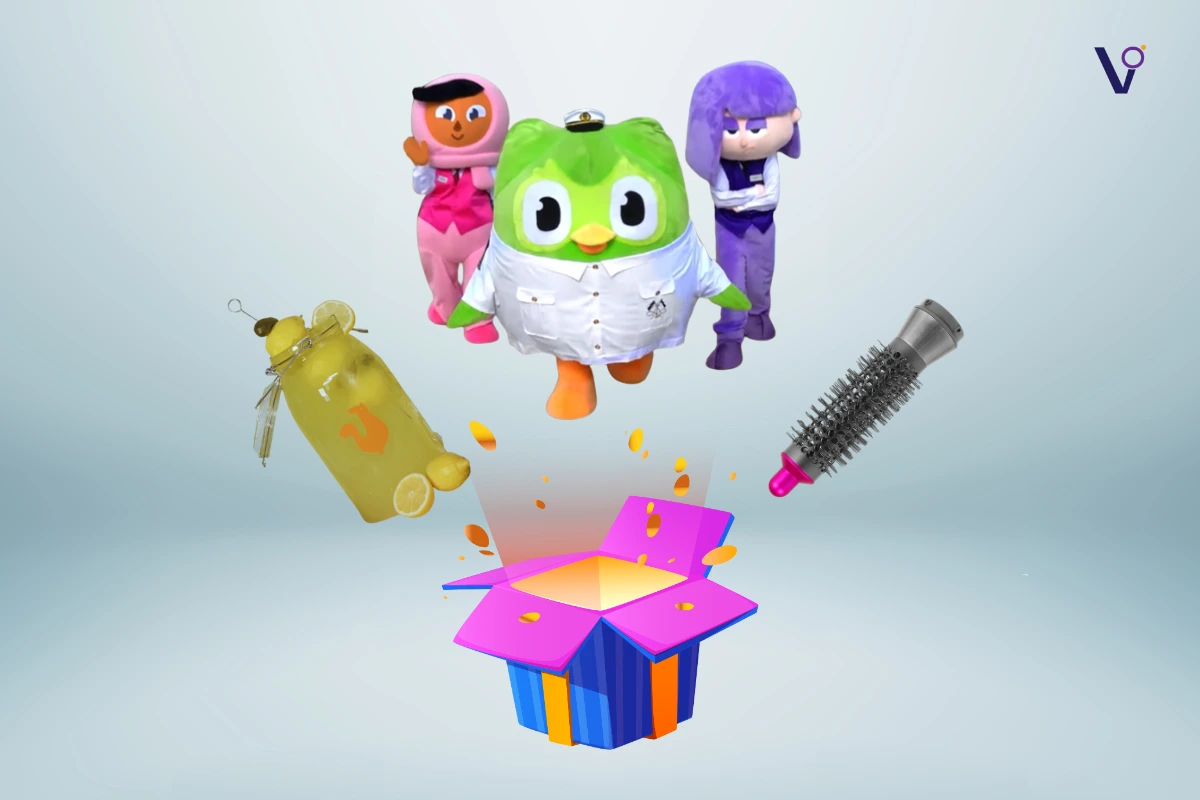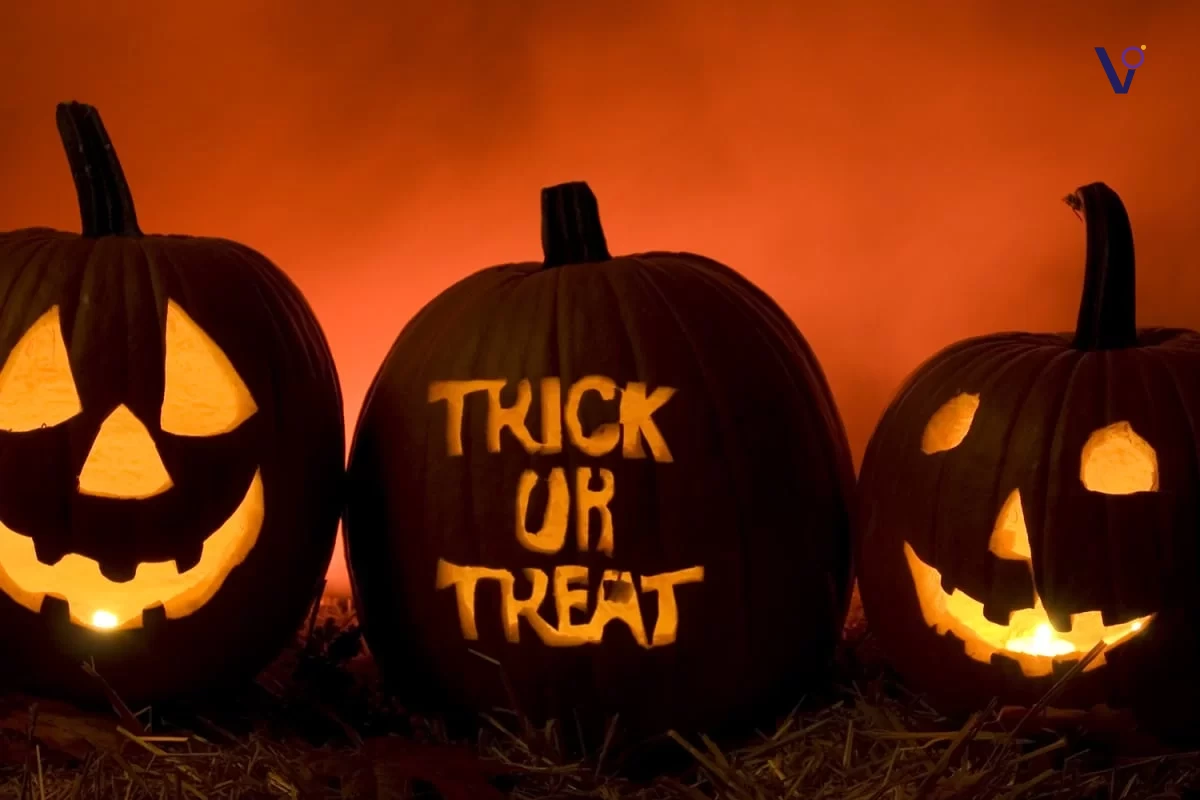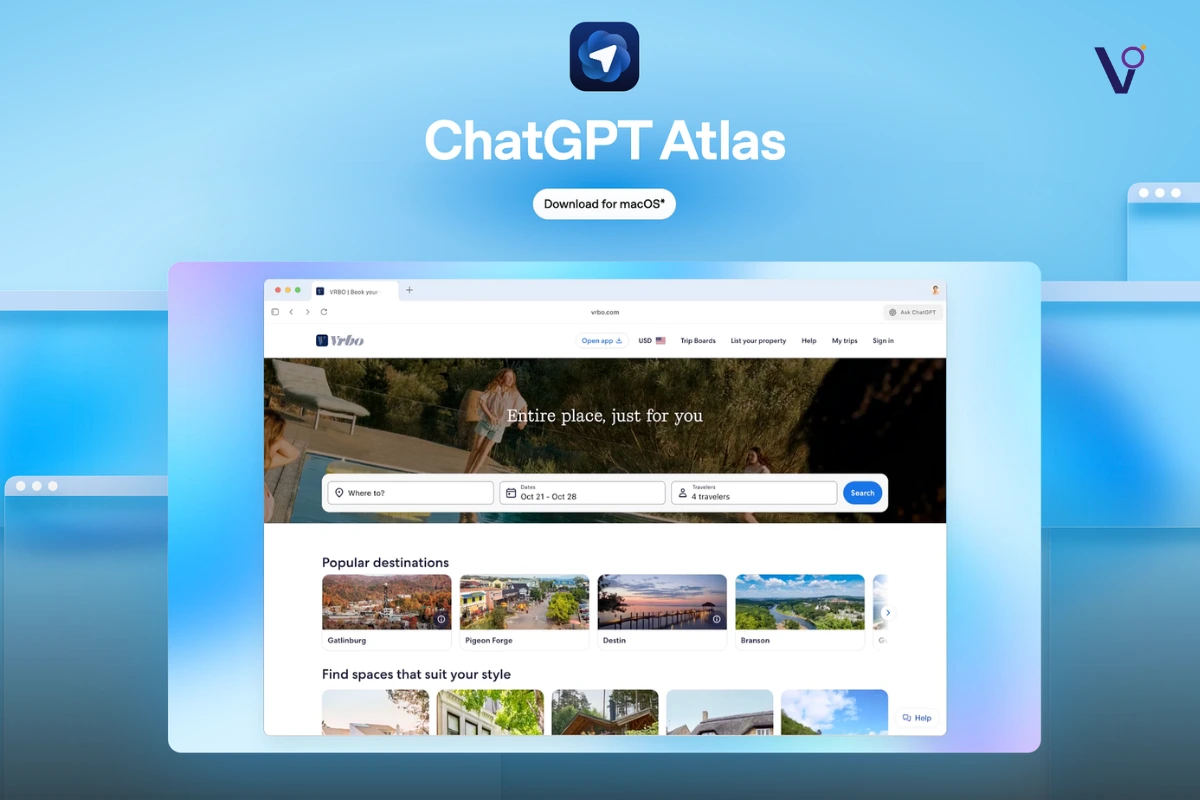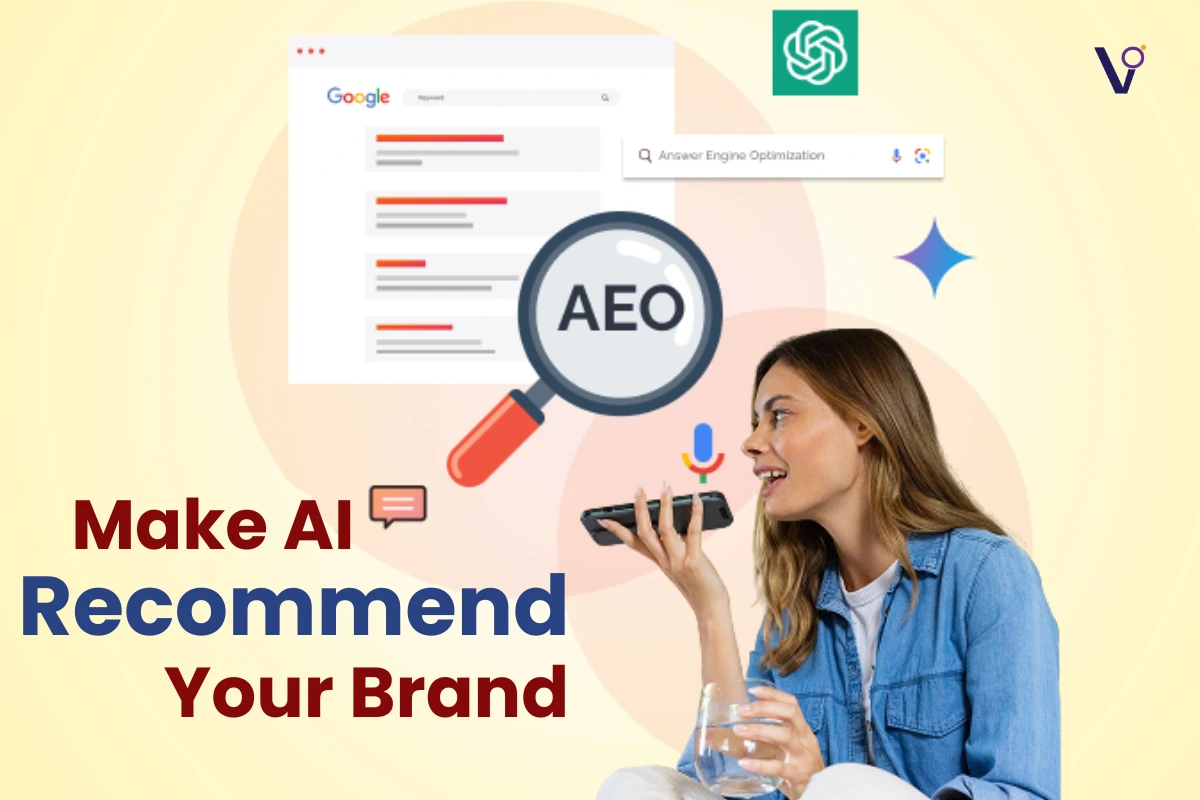April Fool’s Day has become more than a prank day—it’s a playground for brands to surprise their audience in novel ways. Companies from various sectors utilize the day to highlight their sense of humor, create brand buzz, and, most crucially, go viral. But behind the jokes, what is the secret behind these April Fools’ marketing stunts?
This year, a number of brands managed to execute campaigns that struck the ideal balance between ridiculousness and plausibility. From Duolingo’s outrageous world cruise to Dyson’s tech-savvy eyebrow brush, every prank was crafted with precision to grab attention and generate buzz. But these were not mere jokes—they were calculated moves that played on consumer psychology, pop culture trends, and brand positioning.
Let’s dissect some of the most ingenious April Fools’ marketing campaigns of 2025 and why they succeeded so magnificently.
Duolingo
Duolingo, famous for its game-like and occasionally nightmarish approach to language learning, took April Fool’s Day to new heights with its Duolingo World Cruise. The idea? A five-year-long luxury cruise that takes tourists to all seven continents, visiting 195 nations, while they learn more than 40 languages.
Why It Worked
- Hilarious but on-brand: The joke played on the infamous guilt-tripping Duolingo owl, which pressures users to keep up their daily learning streaks. Being “imprisoned” on a boat for five years to keep up with language lessons was ridiculous—but totally in character for Duolingo’s lighthearted persona.
- Highly shareable idea: The ad video, featuring fun cruise amenities and satirically exaggerated language-learning situations, was a hit on social media. Individuals tagged friends, made jokes about needing this to remain fluent, and shared the campaign, making it viral.
- Cultural resonance: Many language learners struggle with consistency, and Duolingo dramatized this common struggle into an outrageous, fictional scenario—making it highly relatable.
Dyson
Dyson is recognized for its tech-driven home and beauty products, so when it launched the Airbrow, a high-tech styling brush designed to shape eyebrows with aerodynamic accuracy, many consumers did a double take.
The reactions? See for yourself.

Why It Worked
- Played into beauty trends. Brows are a hot topic in the beauty world, with trends shifting from full, bushy, and bold to sleek and sculpted.
- It came across as real. Considering Dyson’s history of releasing high-end beauty devices such as top-of-the-range hairdryers and straighteners, an eyebrow stylus did not seem beyond reason.
Luckin Coffee
Luckin Coffee introduced a challenge where fans had to pause a video at the perfect moment to win free coffee. The catch? The challenge was designed to be impossible.
Why It Worked
- Drove engagement. People kept trying (and failing) to win, leading to increased views, shares, and comments.
- Played on human psychology. When people are told something is impossible, they instinctively want to prove otherwise. This made the campaign even more addictive.
- Cost-effective marketing. Unlike expensive video productions, this was just a cleverly edited clip—yet it had a massive impact.
Meiji
Meiji took its beloved Yan Yan snack and gave it an absurd rebrand—introducing “Yan Yan Man,” the all-grown-up snack for all-grown-up men. It even came in a ridiculous “cookie musk” flavor.
Why It Worked
- Nostalgia factor. Many millennials and Gen Z consumers grew up eating Yan Yan, making this joke instantly relatable.
- Absurd humor. The idea of a “manly” version of a childhood snack was hilarious, making it shareable.
- Brand consistency. Meiji is a fun and lighthearted brand, and this joke reinforced that playful image.
Popeye
Popeye’s announced the launch of pickle-flavored lemonade, leaving fans wondering whether it was a joke or an actual menu item. But this is where they took it up a notch and were different from others; This wasn’t a joke!
Why It Worked
- Blurred the line between real and fake. Pickle flavors have been trending, so this could have been real—making people engage in debates online.
- Free publicity. Whether people loved or hated the idea, they talked about it, keeping Popeye’s relevant.
- Minimal effort, major reaction. A short video was enough to stir conversations across social media.
Porsche
Porsche introduced a miniature blind box collection featuring tiny 911 Dakar models in colors inspired by Singaporean cuisine, like chicken rice and butter chicken.
Why It Worked
- Tied into personalization trends. Porsche’s real-world focus on customization made this joke feel like a natural extension of its brand.
- Cultural relevance. Associating luxury cars with local food was unexpected but memorable.
- Appealed to collectors. Even though it was a joke, it made people wish the collectibles were real.
Sour Patch Kids
Sour Patch Kids played on customer complaints about their candy “not being sour enough” by announcing that it was rebranding as just “Patch Kids.”

Why It Worked
- Created fake controversy. Fans panicked at the idea of their favorite candy losing its signature sourness.
- Big brands jumped in: By pulling other brands into the conversation, Sour Patch Kids made their prank bigger than their own audience. Even Pinterest joined the fun!
- Reinforced the product’s identity. By joking about removing the sour, the brand reminded everyone why it’s beloved.
Why April Fools’ marketing was Genius
April Fool’s marketing isn’t just about making people laugh—it’s about making them remember your brand. The most successful pranks this year worked because they:
- Stayed true to the brand’s identity (Duolingo’s language streak obsession, Dyson’s high-tech beauty products).
- Tied into real-world trends (KOI Thé’s health-conscious joke, Porsche’s customization angle).
- Encouraged engagement (Luckin Coffee’s impossible challenge, Popeye’s debate-worthy flavor).
- Were simple yet effective—most of these campaigns didn’t require huge budgets, just a clever concept.
At the end of the day, a well-executed April Fool’s joke isn’t just funny—it’s smart marketing.
They craft believable yet absurd ideas, encourage audience participation, and leverage viral potential by engaging other brands and influencers.
They tap into pop culture, create relatable humor, and encourage audience interaction, often drawing engagement from other major brands.
It boosts brand awareness, drives social media engagement, and reinforces brand personality in a fun and memorable way.



